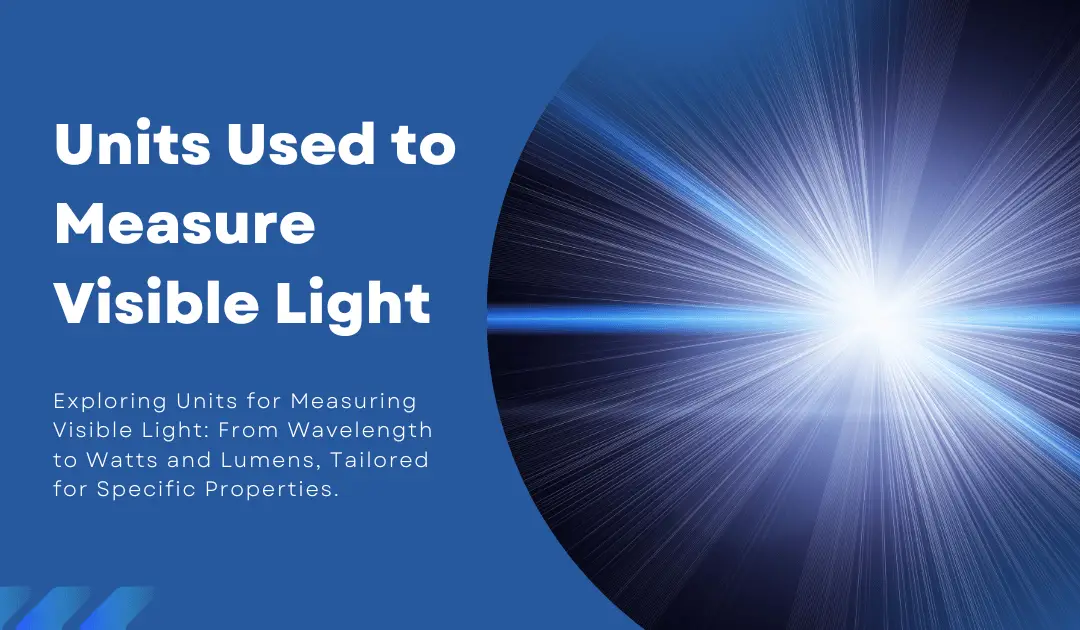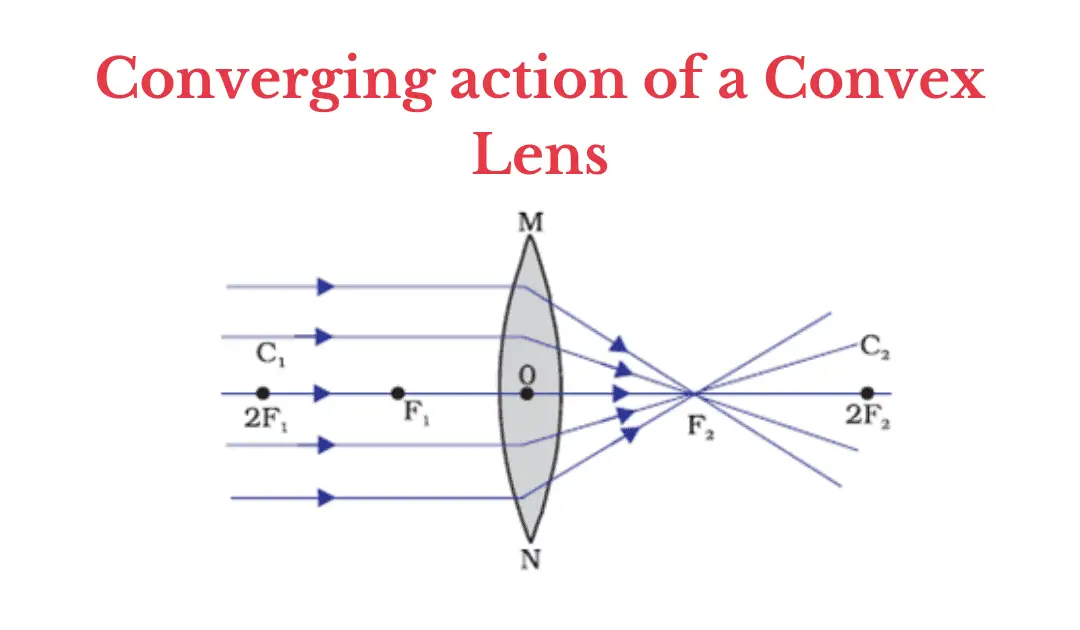
Coherent sources are those sources of light that emit continuous light waves of the same wavelength, same frequency, and are in the same phase or have a constant phase difference. For observing the interference phenomenon coherence of light waves is a must.
For light waves emitted by two sources of light, to remain coherent the initial phase difference between waves should remain constant in time. If the phase difference changes continuously or randomly with time then the sources are incoherent.
Two independent sources of light are not coherent and hence can not produce interference because the light beam is emitted by millions of atoms radiating independently so the phase difference between waves from such sources fluctuates randomly many times per second.
The coherent sources can be obtained either by the source and obtaining its virtual image or by obtaining two virtual images of the same source. This is because any change of phase in the real source will cause a simultaneous and equal change in its image.
Generally, coherence in interference is obtained by two methods
Division of wavefront
Here, in this case, the wavefront is divided into two parts by reflection, refraction, or diffraction and those two parts reunite at a small angle to produce interference as done in the case of Young’s double-slit experiment and Fresnel’s biprism experiment.
Division of amplitude
Here in this case the amplitude of a section of the wavefront is divided into two parts and reunited later to produce interference such as in case of thin films.
Laser light is almost monochromatic light with little spreading and two independent sources of laser light can produce an observable interference pattern.



